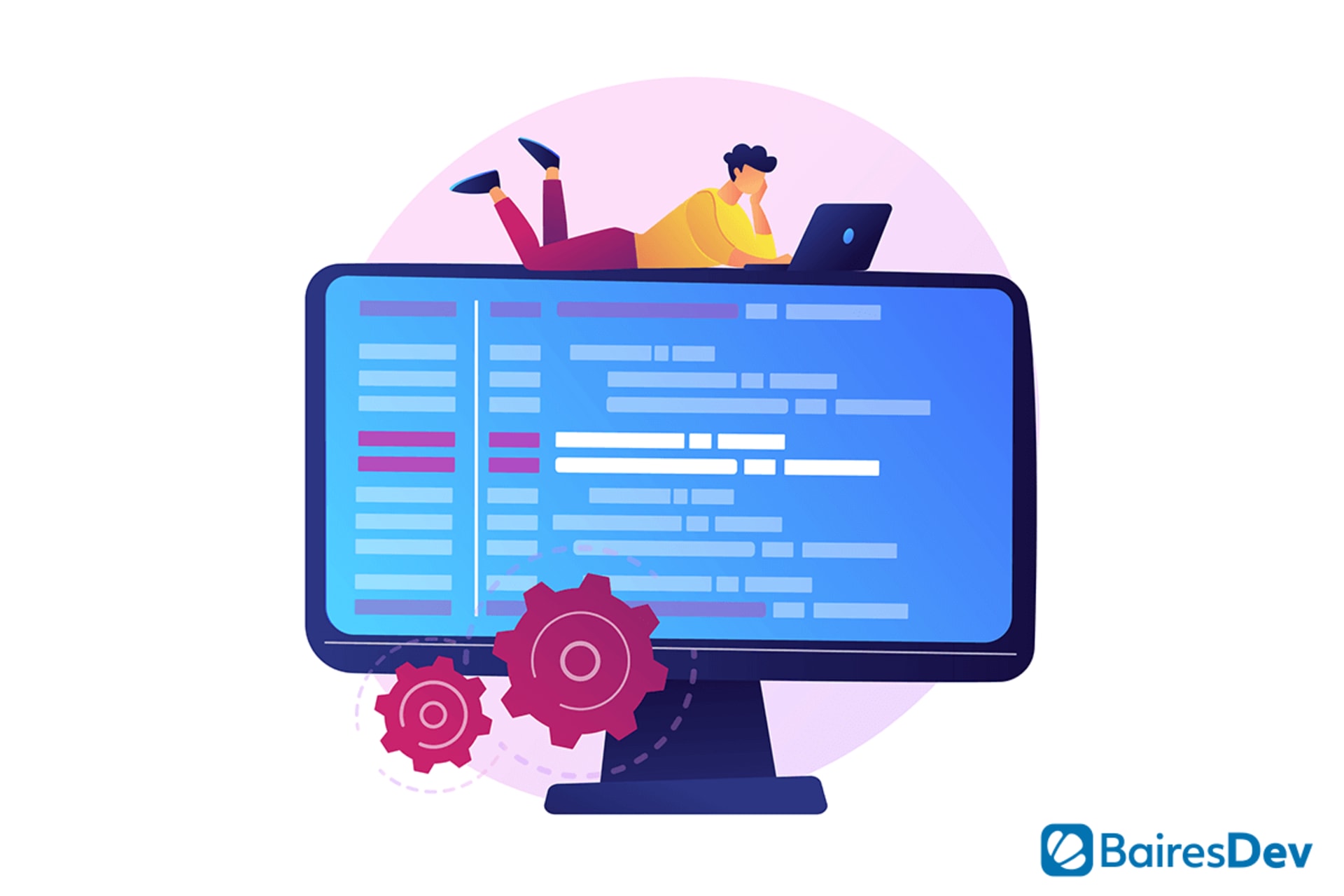Over the last decade, DevOps became one of the most popular sets of practices in the software industry. Its combination of software development and IT operations has proven to be the most efficient model for software delivery, so much so that it’s quickly becoming the dominating approach to creating software. Yet, that doesn’t mean DevOps enthusiasts and experts will stop evolving these practices – quite the contrary!
In fact, the DevOps community keeps looking for ways to improve development and increase productivity. This means that we can expect new shifts in how DevOps-centric development will play out in the future. Actually, 2021 promises some of those changes which will come in the form of the following 5 trends which you should definitely consider for the year ahead.
1. DevSecOps Becomes Huge
Security will remain at the top of the priority list for businesses of all sizes, so it’s no surprise that DevSecOps will become more popular than ever during 2021. As development teams embrace more and more cloud-based technologies, the development lifecycle will need a cloud-native security approach that can only come from DevSecOps.
By integrating security and testing into development pipelines now governed by DevOps, teams will be able to integrate tighter protections into their work, especially with higher automation levels. By adopting a DevSecOps-centric methodology, developers will ensure the proper security level throughout the entire development lifecycle all while increasing the regulatory compliance with applicable security standards.
2. Toolchains Grow More Complex
DevOps teams use numerous tools to support their daily activities. The main goal of using that group of tools (often referred to as “toolchains”) is to help engineers collaborate and measure their work. Given DevOps’ popularity, the number of tools for that specific purpose is growing by the minute. Yet, it’s not just the amount of toolchains that will increase during 2021 but also their complexity.
That’s a natural response to the implementation of security in DevOps practices and the widespread adoption of containers. Thus, instead of relying on numerous different tools to support the DevOps tasks, teams will start flocking towards broader and more complex solutions that can tackle different tasks across the development and delivery cycle. It’s likely that developers will seek out one sophisticated toolchain to support different platforms, streamlining the operations, and increasing the productivity in the process.
3. Teams Embrace APM Software
One of the key aspects of the DevOps lifecycle is getting quick feedback, especially during deployments. That’s why the emergence of Application Performance Monitoring (APM) applications will solidify during 2021. That’s because it can help with monitoring deployments while providing valuable insights into performance. Right now, APM tools can help in checking user interactions, discovering and tracing applications, and providing analytics through AI-based algorithms.
However, the year ahead will see how these tools will grow even stronger, which will be the main reason fueling its widespread adoption. New APM platforms will extend their capabilities to monitor integrated infrastructures with built-in analysis, perfect to check in on networks, databases, containers, microservices, and cloud services. What’s more – its AI integration will turn APMs into the perfect ally to detect and predict anomalies while also providing more insights into customer journeys.
4. Infrastructure Automation Tools will achieve Critical Mass
DevOps seeks to ensure continuous delivery and integration, an objective that can be more easily achieved through automation tools. To be more specific, infrastructure automation (IA) applications are perfect to automate delivery, configuration, and overall management of the IT infrastructure. With them, your team can orchestrate multi and hybrid clouds with efficient resource provisioning and increased reliability.
Those benefits will be responsible for the wider adoption of IA tools in different pipelines across the industry, especially given that most teams will be looking for more agility for their CI/CD. Naturally, that adoption of IA tools will mean that teams will cast custom setups aside to favor IA tools of enterprise level. While doing so will seemingly mean a loss on personalization and control, the reality shows that IA tools can increase the speed of deployments, ensure reliability across different infrastructures, and reduce costs by the way of automation.
5. Releases will Increase their Speed and Quality, Thanks to ARO Tools
Finally, 2021 will be the year in which DevOps teams will increase the speed and quality of their releases. The main reason will be the popularization of Application Release Orchestration (ARO) tools, applications that combine pipeline management with release orchestration. That way, teams can deliver new applications more quickly, since teams can scale release activities across different pipelines and tools.
Using ARO tools will increase the team’s productivity, as there will be fewer manual tasks to deal with. Also, they will provide higher visibility on bottlenecks and wait-states, which will make it easier to handle them before they cause big problems. In the rise, the popularity of ARO will rise because of the increasing need to respond to quick changes in market demands, a direct consequence of the disruptions in the business landscape caused by the pandemic.
Time to Do Your Homework
Having adopted DevOps over the past years isn’t enough to keep leveraging its benefits. DevOps practices aren’t set in stone, as they are in constant evolution: the 5 trends in this article are the perfect proof of that. That means that you’ll have to keep an eye on the emerging trends and the new tools that are becoming available for DevOps teams and adjust your lifecycle accordingly.
Learning more about these trends should put you on your way towards a better DevOps implementation but it won’t be enough. If you aren’t adopting these trends in your day-to-day activities, then you may already be lagging behind. 2021 promises to be a revolutionary year for DevOps, which means that you’ll have to be vigilant and do your homework in a timely manner. That’s the only way to truly enjoy the benefits of the ever-evolving set of practices that is DevOps.






